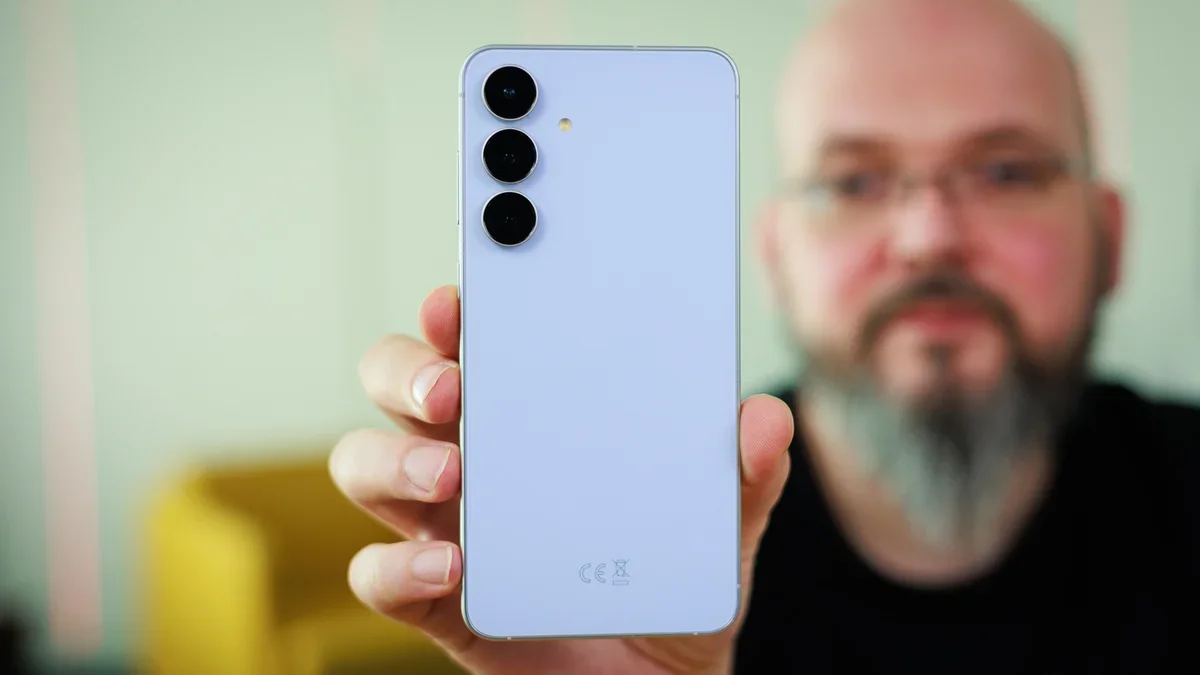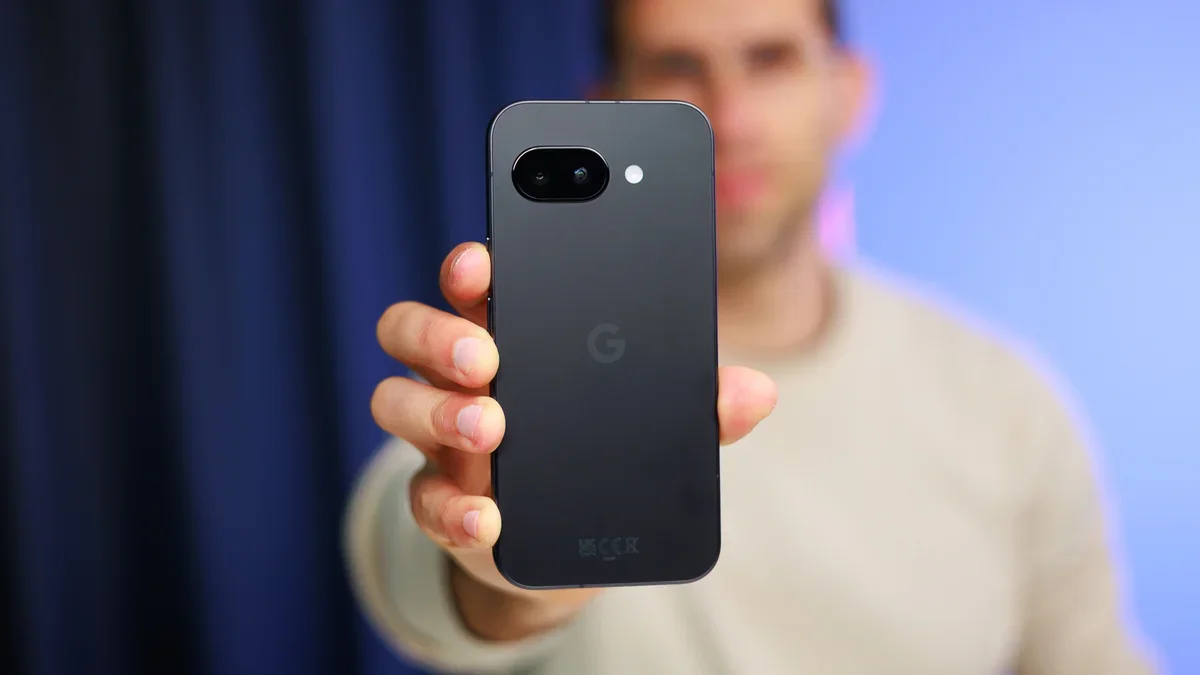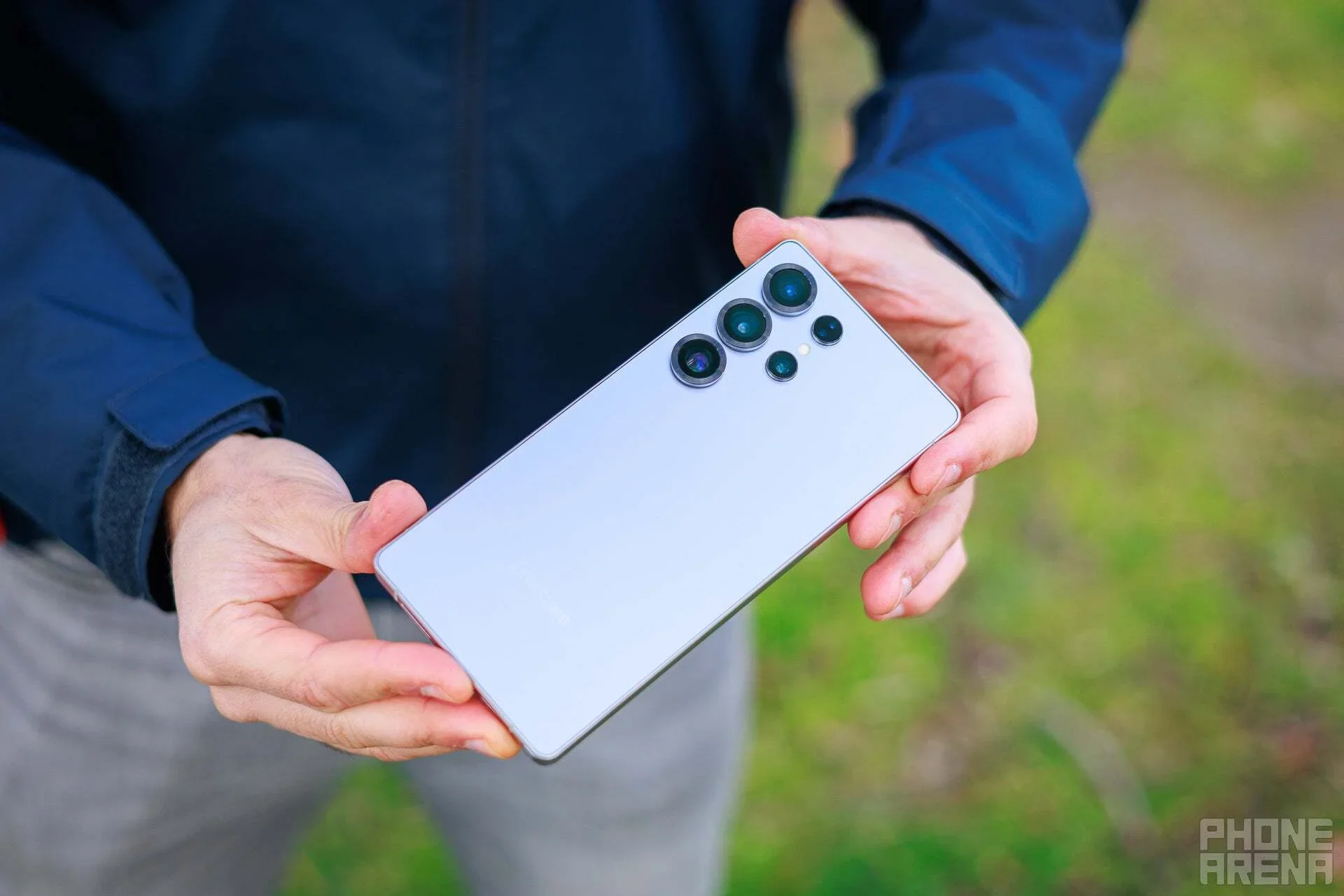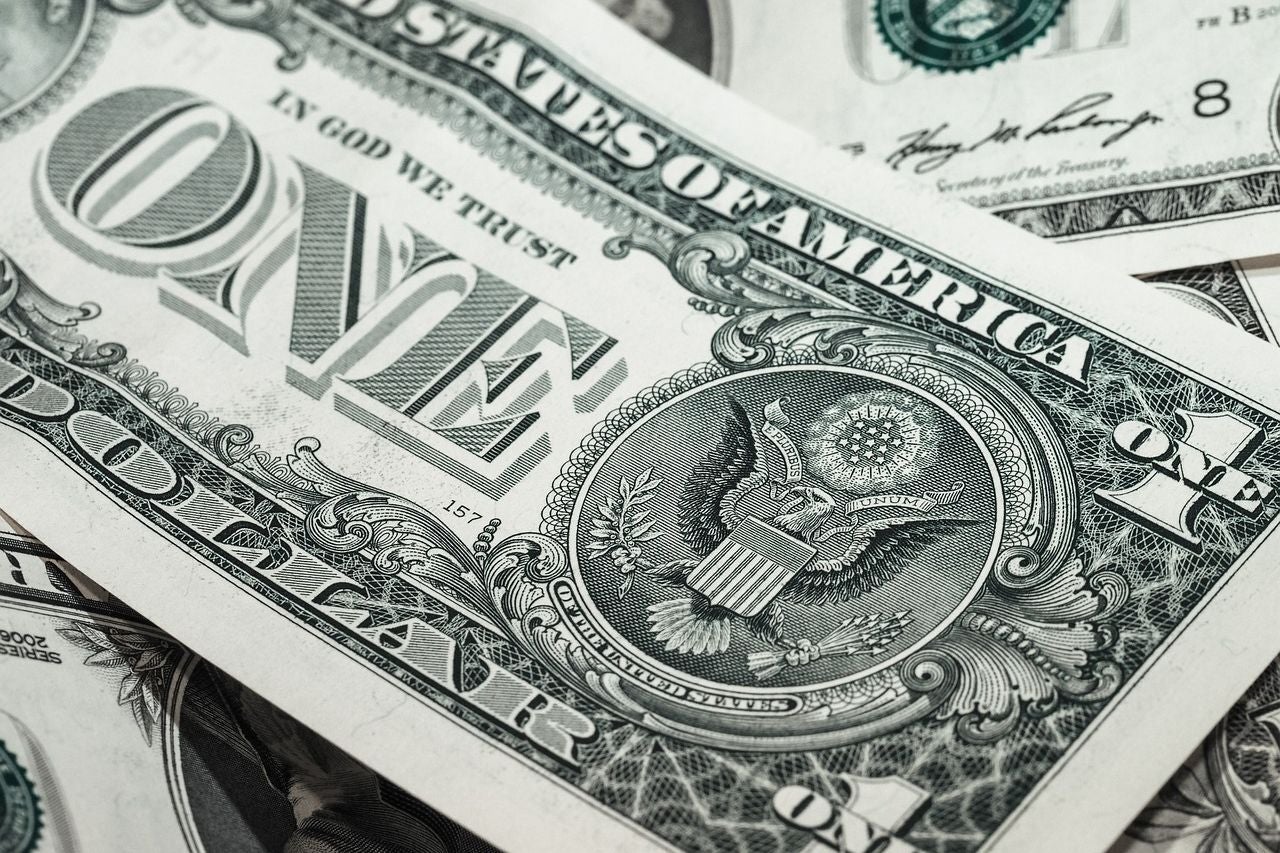Smartphones are expensive. No, let me start again. Flagship smartphones are expensive. And they’re getting more and more expensive every year. The iPhone 4 launched at $649 back in 2011, and now the ultra-premium iPhone 17 Pro Max will set you back $1,199. That’s almost twice as much, and even after taking inflation into account, it’s still much more expensive.
This got me thinking—what’s the gap between a flagship and a budget phone? Not only in terms of price but also features. As the year 2025 slowly draws to an end, it would be interesting to see what features and smartphone experience the extra money gets you nowadays.
I’m going to look at three categories—from a budget smartphone, through a mid-ranger, and up to an ultra-premium device. I’ve decided to focus on Android phones purely for variety. Apple does have the budget SE and the iPhone 16e models, but the gap is different, so let’s talk Android.
Thankfully, we already have our “Best smartphone” picks in these categories, so my work is half done already.
The best budget phone and its features
The first two phones in our best budget smartphone pick are the CMF Phone 2 Pro and the Samsung Galaxy A26 5G. Both phones retail at around $300, but even at this price point you’re getting a good smartphone experience and some great features.
The CMF Phone 2 Pro has a decent processor, a well-optimized interface, generous 256GB onboard storage, and 8GB of RAM. The phone doesn’t feel slow, choppy, or limited in terms of software/UI experience.
You also get a 5,000 mAh battery with good real-world performance and 33W wired charging. Finally, the area where most brands save money—the camera—is also pretty decent and versatile. The phone has three cameras on its back—the usual wide-ultrawide duo, plus a dedicated telephoto camera.
The Galaxy A26 5G offers a very similar package; it has a great 6.7-inch AMOLED that can go up to 120 Hz, but it trades the telephoto camera for a pretty niche macro snapper. On the plus side, you also get a glimpse at Galaxy AI, called Awesome Intelligence. So far, so good.
What are the main drawbacks? The camera system, although decent, is not on the level of flagship phones. The same goes for the processor and the screen brightness. These phones will get the job done in those departments but that’s just about it. Nothing to write home about.
The best midrange phone, and what upgrades are you getting?
Moving to the mid-range category, we’re now in the land of the Galaxy S25 FE and the Pixel 9a. We’re talking $200-250 more compared to our budget picks, so let’s see what you get for spending extra cash.
The Galaxy S25 FE comes with a better chipset compared to our budget picks, but even though synthetic benchmark scores are in favor of the S25 FE, the real-life difference is not that big. You get a fluid interface, full-fledged Galaxy AI, and better build materials.
The camera system is also better and starting to rival flagships in some scenarios, too. The Galaxy S25 FE scored 143 out of 158 in our camera test, which is impressive at this price point.
Looking at the Pixel 9a, things get even better in terms of bang for your buck. The phone starts at $499 and comes equipped with a great display, decent chipset, large battery and its camera system is also pretty good scoring 134 out of 158. You get seven years of software support, and the compromises here are the plastic build and the big bezels around the screen.What are the main drawbacks here compared to the next level? You don’t get premium materials, no special aluminum, titanium or fancy anti-glare screen coating. The camera, although good, is not on par with real camera phones, and the same goes for the chipset. Although these phones aren’t slow by any means, you won’t get the absolute best and fluid experience, especially in games and other demanding tasks.
The absolute flagship and what another $700 gets you
At the top of the smartphone food chain we find the Galaxy S25 Ultra. There are many ultra-premium models out there from different brands, and I don’t want to force this particular model on anyone, but it’s great for our comparison purposes.
You need to pay $1,299 to get the S25 Ultra, and that’s a grand over our budget picks and around $700 more than the midrange options. You can get two or even three devices for that kind of money. What are the main upgrades?
Along with the premium build, you get an anti-reflective coating on the screen, which is a flagship-only feature at the moment. The processor inside is one of the fastest in the industry, and you also get two telephoto cameras.
We should mention the S Pen, but bear in mind that there are budget phones with a stylus, so it’s not a black-and-white upgrade.
In terms of pure smartphone experience, the Galaxy S25 Ultra will give you much better camera performance. It’s on another level and rivaling dedicated cameras in some scenarios. The anti-reflective coating is also a great feature and it really works.
When it comes to other areas, there are gains and upgrades across the board, but the experience is more or less the same as the one you get with a midrange phone.
Everything happens a bit faster, the phone and the UI look prettier, and the display is a tad brighter, but all in all, it’s the same smartphone experience. In some cases, midrange and budget phones can even give you better battery life, and that’s not a feature to be taken lightly.
And to back up all of the above with some hard numbers, I’ve included some benchmarks below.
Do you really need an ultra-premium flagship?
I’m not bashing flagships here; they are really great, and if you want the absolute best, you should get one. Just like with many other things in life, going premium in the smartphone world gives you diminishing returns.
You can get the base smartphone experience for around $300, if you pay $200 extra, you’ll get a faster phone with a better camera system, but the jump to the ultra-premium category will be felt in the camera and premium build departments. If you can make these sacrifices, you’d be quite happy with a $500 phone.
Yes, flagship phones are getting more and more expensive, but we live in times when even $300 phones have bright and fast AMOLED screens, lots of RAM and memory, and good battery life. Isn’t that great?












